Last month, during our Stop the Bleeding workshop for distribution leaders, we heard something that stopped us cold. A company owner, discussing his pricing software rollout, said this:
"We have a good portion of our salespeople that are old school. They won't like this because they've been setting margins at 23% for 10 years. But our new people don't want to memorize pricing - they want the ERP to suggest it."
That single quote perfectly explains why 60% of distribution technology projects fail. The issue isn’t the software—it’s the approach. Success hinges on proper alignment and collaboration within the team.
🎥 Watch This Workshop Moment from our Stop the Bleeding workshop. You'll see the "lightbulb moment" that helped us identify the three psychology barriers covered in this analysis. 💡
After reviewing multiple pricing implementations across companies from $10M to $150M, we've identified three psychology barriers that sink even the best technology investments.
The Hidden Cost of Implementation Failure
Here's what most distribution leaders miss: You're not buying software. You're buying behavior change.
When pricing technology fails, companies lose more than their software investment. They lose team confidence, waste 6-18 months of operational capacity, and often retreat to spreadsheets for years.
But some companies nail their implementations. What's different?
They address human psychology before they address technical requirements.
Three Psychology Barriers Destroying Your Technology ROI

Barrier #1: The Generation Gap Crisis
The reality: Your company has two completely different groups with opposing needs.
Veteran salespeople think:
- "I've built relationships for 20 years using gut-feel pricing"
- "A 0.5% margin change questions my expertise"
- "Customers buy from me, not from a suggested price"
Newer team members think:
- "Why memorize pricing when technology can handle it?"
- "Manual processes slow me down"
- "I want data-driven recommendations"
Workshop insight: One distributor's implementation stalled six months because veterans saw the system as "questioning their judgment" while new hires couldn't understand the resistance.
The fix: Different motivation strategies for different groups. Veterans need to see technology as amplifying their expertise. New hires need to see it as removing obstacles.
Barrier #2: The "Announce and Hope" Trap
The pattern we see: Some leaders might think change management means sending emails and holding meetings.
When we ask, "Describe your change management process," +50% of distribution leaders respond: "What do you mean?"
This happens whether you're $10M or $150M in revenue.
What fails:
- Email announcement
- One team meeting
- Expectation of adoption
What works:
- Individual impact planning: "How does this change my daily routine?"
- Team dynamics mapping: "Who pushes back? Who jumps in?"
- Cultural alignment check: "Does this fit how we actually work?"
Real example: A $50M industrial distributor saw 87% adoption after implementing structured change management. Same company, same software - different approach to people.
Barrier #3: Wrong Person Leading Implementation
The mistake: Assigning the project to whoever seems "most technical."
What happens: The operations person becomes project lead because "they're good with computers." But they lack organizational authority or change management skills.
Workshop finding: Successful implementations need someone who answers both "How does this work?" and "Why should we want this?"
The solution: Implementation leaders need technical competence AND people skills. Often, this means pairing a technical person with someone who understands team psychology.
Why More Training Won't Fix Resistance
Most distributors fight resistance with additional training sessions. This misses the real issue.
People resist technology when they perceive it as:
- A threat to their expertise
- Extra work with unclear benefits
- Something imposed rather than designed for them
The breakthrough: Frame technology as amplifying human capability, not replacing judgment.
The Intuilize Adoption Engine Framework
After seeing resistance patterns repeatedly, we developed five strategies addressing psychology before technology:
- Data-Driven Foundation: Map existing processes and validate team expertise before introducing new systems
- Psychology-First Change Management: Identify early adopters and resistance points, then customize approaches
- Business-Context Implementation: Ensure technical leads understand team dynamics
- Structured Methodology: Use phased approaches tailored to company culture
- Capability Enhancement Positioning: Present technology as amplifying human expertise

Three Questions Before Your Next Technology Investment
Before spending another dollar on software, ask yourself:
- Do you understand different psychological needs across your team?
- Do you have structured change management, or do you "announce and hope"?
- Is implementation led by someone who understands both technology and people?
If you answered "no" to any question, you're setting up your next project to join the 60% failure rate.
Break the Failure Cycle
Technology resistance isn't about age or stubbornness. It's about implementation approaches that ignore basic human psychology.
✅ Companies that succeed treat change management as seriously as technical integration.
❌ Companies that fail focus on features while ignoring the people factors that determine actual usage.
Ready to get implementation right?
Our complete Stop the Bleeding workshop shows the framework we use to turn technology resistance into technology adoption. Over 50 distribution companies have used this approach to achieve 85%+ adoption rates.
Your software isn't broken. Your approach to your people is.
Your Next Step: Choose Your Path
Path 1: Watch the Full Workshop
See exactly how we help distribution companies unlock strategic capacity without replacing their expertise.
➡️ Access the Complete Stop the Bleeding Workshop Recording
Path 2: Get Your Personal Assessment
We'll walk through your specific situation and identify exactly where resistance will emerge and how to prevent it.
➡️ Schedule Your Technology Readiness Assessment
Market volatility isn't stopping. The question isn't whether your business will face uncertainty. The question is whether uncertainty will reveal operational strengths or expose hidden weaknesses.
This analysis draws from our Stop the Bleeding workshop (August 2025), examining implementation patterns across multiple distribution companies.
Coming This October:
Peak Season Profit Protection Workshop
Ready to master peak season without the chaos? Join us this October for our Peak Season Profit Protection Workshop, co-hosted with our partner ShipHawk, where we'll show you how to turn Q4 complexity into competitive advantage.
Nelson Valderrama is CEO of Intuilize, where he helps industrial distributors leverage technology and strategic frameworks to build sustainable competitive advantages. Connect with Nelson on LinkedIn for ongoing insights into distribution strategy and technology implementation.


%20Workshop%20Register%20Now%20(1080%20x%20512%20px).png?width=920&height=436&name=202510%20(28)%20Workshop%20Register%20Now%20(1080%20x%20512%20px).png)


%20(1).png)

